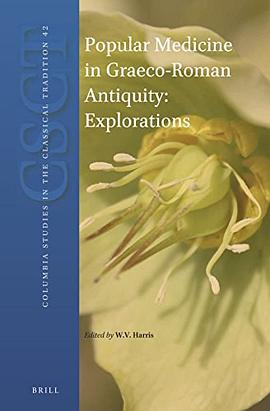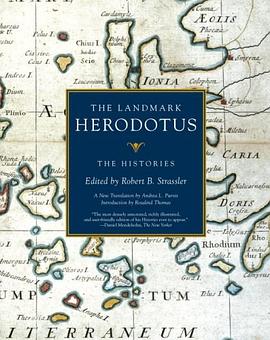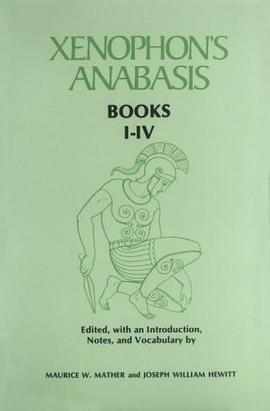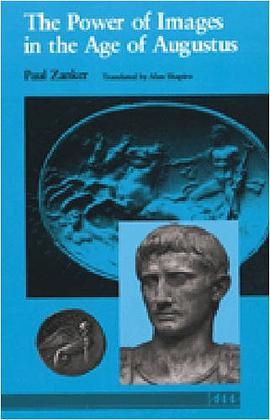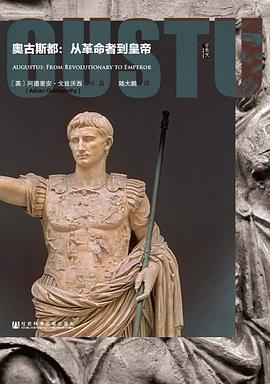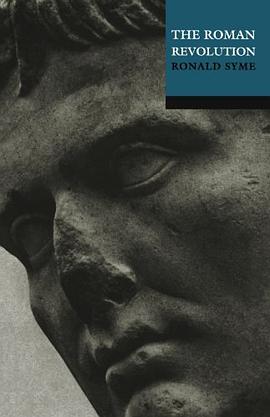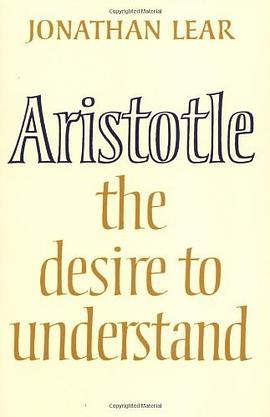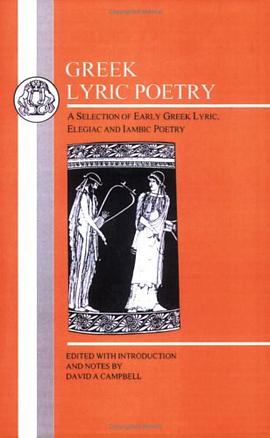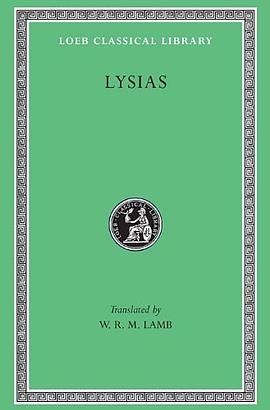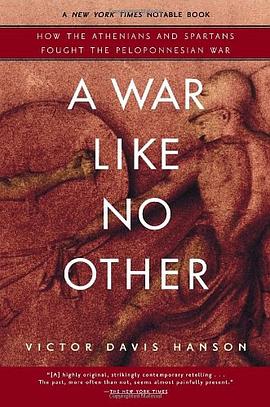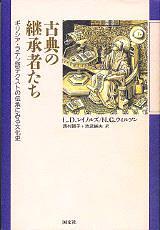

As this book demonstrates, horses and humans have had a long and complicated relationship. Indeed, the introduction foregrounds the interdependence of humans and horses. While horses have aided many human endeavors including communication and trade, humans have also enabled domestic equids to flourish as a species. Rather than a study concerning the interactions of humans and horses, this book emphasizes the horse itself and focuses on the development and characteristics of the animal throughout the ancient world. Willekes’ approach is to examine the conformation of the horse and the effect this conformation had on the function and use of each type of horse in the ancient world. Often, the horse is treated as a homogeneous animal, unchanging across time and space. This book shows how the horse adapted to different environments and how these adaptations were used by the ancient peoples of these regions.
“Methodology” outlines the focus on the work, which, through an analysis of artistic, literary, and archaeological evidence, seeks to “establish a typology for the horses of the ancient world”. Willekes prefers the term “type” to the more familiar “breed” as specialized breeding occurred infrequently in antiquity. Horse types developed from adaptation to the environment, rather than artificial selection by humans.
Willekes begins the book by examining the evolution and behavioral characteristics of the horse. The horse is a prey animal with a strong flight response. As Willekes demonstrates, an understanding of these characteristics elucidates the behaviors of horses in ancient literature. The unusual, aggressive behavior of Alexander the Great’s famous horse Bucephalus is more understandable when we view this aggression as a response to fear (of his shadow) and inability to flee this fear. The natural equine response is to flee from danger and so aggression must be trained in a horse. The rest of the chapter describes the ideal horse from literature. Five Greek and Roman authors supply a description of the ideal horse: Xenophon, Varro, Virgil, Oppian, and Columella. Willekes notes that these descriptions are strikingly similar. At this point, it would have been useful to discuss whether the later authors were influenced by Xenophon or another author like Simon of Athens, whose work is mentioned in Xenophon. This portion of the book is the most useful for a classical and, in particular, philological audience. Scholars working on the aforementioned authors may find it useful to compare those works to Willekes’ explication and discussion of the parts of the horse. The author includes details from her experience as an equestrian, which aid in clarifying the passages of literature.
Chapter Three, “Prehistoric Horses” is less useful for the non-specialist. Here, Willekes discusses previous classifications of early or “ancestral” equines, from which domestic horses developed. Among the various classification hypotheses, Willekes settles on four main types, which resulted from adaptation to environmental conditions: the Northern European pony, the Northern Steppe horse, the Southern Steppe horse, and the Iberian/Mediterranean horse. She then discusses each ancestral type through case studies of modern horse breeds (Exmoor pony, Przewalski’s Horse, Akhal Teke, and Asturian and Sorraia). She comprehensively discusses the conformation, history, and physical characteristics of each modern breed and connection to its ancestral equivalent. This chapter needs a conclusion, especially to emphasize the development of these modern breeds from the ancestral types. One wonders, for example, what intermediary steps there were between the ancestral horse type and the modern breed.
The next chapter, “The Ancient Horse Types,” describes horse types from several regions of the world (Central Asian Horse, Near Eastern Horse, Mediterranean Horse). However, no introduction makes clear the relationship between the ancestral types and these regional “ancient horse types.” Are these “ancient types” an intermediate step between the ancestral types and modern equine breeds? Here, the author discusses the environment, lifestyle conditions, and appearance of each horse type and, in doing so, clearly explains ancient practices for non-equestrians. For example, the author considers the practice of castration of Scythian and Sarmatian horses, as cited by Strabo. She cites supporting archaeological evidence and then discusses this practice from the view of animal husbandry. These horses were kept in large herds on the grassland, so castration made the herd more manageable. Willekes’ experience conducting experimental archaeology is very helpful in this regard. Her understanding of modern practices enables her to explicate ancient ones. She continues each section with a discussion of the appearance of the ancient horse type by body part (head, shoulder, hindquarters, etc.). This section seems to be based on a combination of evidence from ancient literature and deduction from modern counterparts, but this is not made clear. It would be useful for the author to cite the passages of ancient literature that inform her understanding of the appearance of each horse type. Furthermore, this section could be bolstered by more evidence from artistic depictions. Only two artistic examples (both vase painting) are included as illustrations of the Mediterranean Horse type. Given the ubiquity of the horse in ancient art, as the author emphasizes in the introduction, more examples should have been included here.
The next chapter’s focus is on the horse in the military. This chapter is substantial (55 pages), providing a sense of the importance of this equine function in antiquity. Given the strong flight response of the horse, extensive training was required to prepare the animal to face battle. Willekes discusses the training of the horse, primarily using Xenophon, and explains his precepts using her equestrian experience. She then considers the horse’s role in warfare of three areas (Central Asia, Near East, Mediterranean) in accordance with the tactics used by groups in that region. For example, in Central Asia mounted archers proved very difficult for Macedonian and Roman troops. The Steppe horse is small, which enabled the rider to control him easily while shooting a bow. This small size, though, made them impractical for close combat. The environmental conditions (rocky, harsh terrain) produced a small and sure-footed horse, which was then used for a particular type of combat by the groups of this region. This chapter is bolstered by the frequent inclusions of passages of literature, chiefly of Greek and Roman authors. The sound grounding in (classical) literary passages makes this chapter useful reading for anyone working on horses in Greek or Roman warfare. It could be strengthened by the inclusion of passages from sources other than Greek and Roman authors and by additional archaeological and artistic evidence.
Chapter Six, “The Sport Horse,” takes a similar tactic. Willekes discusses various horse sports and relevant passages of Greek and Roman literature. After a discussion of training goals this chapter is broken into sports of the Greek world and the Roman world. She begins with the Olympic sports, including the tethrippon (four-horse chariot), keles (ridden horse race) and the kalpe (ridden race for mares in which the rider would dismount and run besides the horse), among others. Willekes stresses the connection between each athletic event and related warfare tasks. This was not sport for sport’s sake, but to prepare horses and riders for the challenges of war. Discussion of the Roman world focuses on chariot racing. Epigraphic evidence is used to describe the types of races that occurred, racing tactics, and careers of some charioteers. As in the previous chapter, this chapter is exclusively about the Greek and Roman worlds. It provides a good summary of the use of horse in sport and the relevant sources. One wishes, though, given the title of the book, that the chapter had been expanded to consider equine sports such as polo in other areas of the world.
The book’s greatest strength is the author’s experience as an equestrian as well as classicist and the nuanced analysis this background enables. The author travelled around the world to meet and ride horses from each region and has included this practical experience in her discussion of the function of each type. The author deftly explicates literary passages to explain the context they describe.
This book could be strengthened by the inclusion of more archaeological and artistic evidence. It also could use many more and better quality illustrations. Several figures are difficult to see.1 In other cases images are needed, especially of archaeological materials. For example, Willekes makes the point that the Alexander Mosaic from the House of the Faun in Pompeii depicts the Italian/Greek horse type pulling Darius’ chariot rather than the Nesaean horse as described in literature. Without illustration, this point is difficult to evaluate. The color plates are of good quality, but are not mentioned in the body of the text, so they cannot be incorporated into one’s reading.
In conclusion, this book is a sound typology of horses in antiquity. The unique environmental challenges in several areas of the ancient world created horses suited to these conditions. Ancient peoples used these unique traits to their advantage, especially in war.
具體描述
讀後感
評分
評分
評分
評分
用戶評價
相關圖書
本站所有內容均為互聯網搜索引擎提供的公開搜索信息,本站不存儲任何數據與內容,任何內容與數據均與本站無關,如有需要請聯繫相關搜索引擎包括但不限於百度,google,bing,sogou 等
© 2025 qciss.net All Rights Reserved. 小哈圖書下載中心 版权所有

